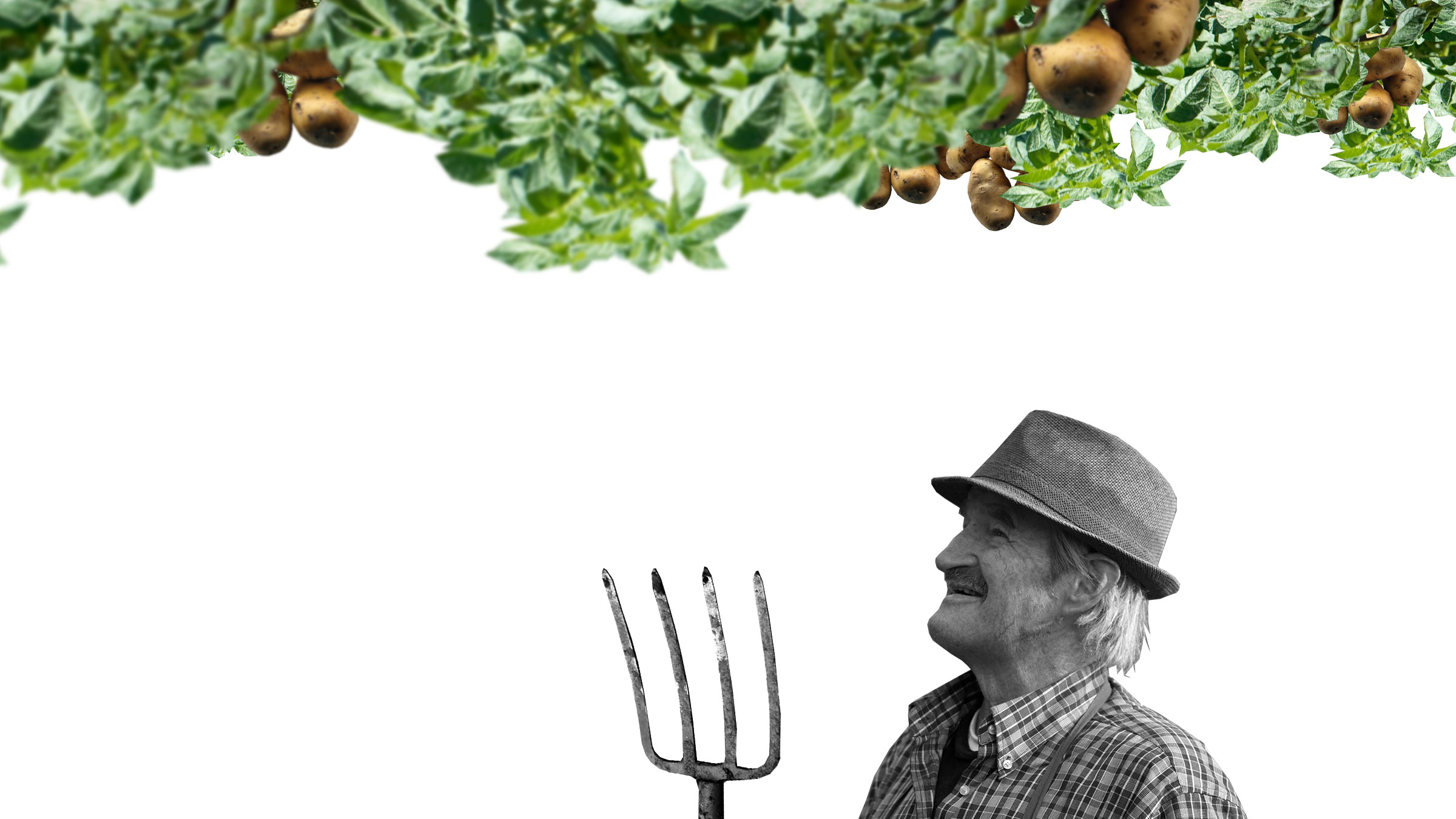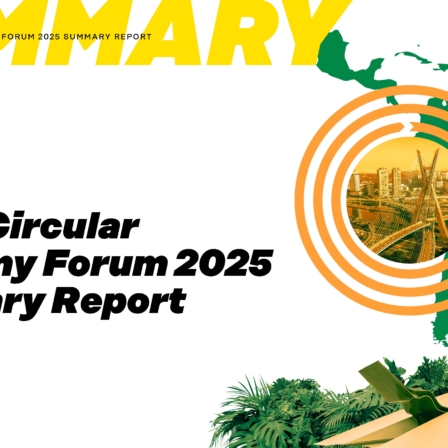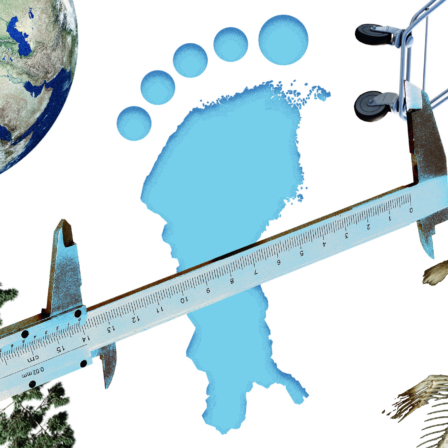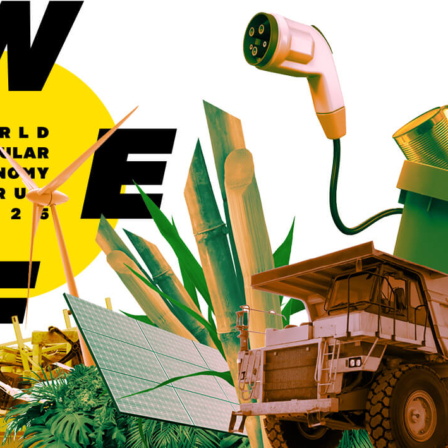The report of the Intergovernmental Panel on Climate Change (IPCC) published in autumn 2018 woke us up to a harsh reality: global warming must be prevented from going beyond 1.5 degrees Celsius. This means more effective measures taken at a considerably faster rate than we have prepared for.
Even though food is a key factor in maintaining life, its production leaves a significant footprint on the climate. Food accounts for roughly an equal share of the climate impacts of consumption as transport or housing.
The majority of the climate impacts of food are caused by soil and the use of fertilisers, or by animal-based food production. The climate impacts of food production can be reduced by preferring food that places the smallest burden on nature and by minimising wastage throughout the food chain.
We demand better productivity from food production, but can we demand resource wisdom and sustainability?
The world’s population is already over 7.6 billion people, and according to estimates by the Food and Agriculture Organization (FAO) of the United Nations, it will grow by 40 per cent by 2050 to approximately 9.5 billion. At the same time, prosperity around the world will increase and the population will become more middle-class and urban.
The increased demand for food caused by population growth in tandem with the problems caused by climate change in growth conditions and the lack of arable land and fresh water increase the need for investing in new more resource-efficient technology.
Potatoes without a field; salad without soil
Hydroponic (growing in a nutrient solution without soil) and aeroponic (without direct contact with a conventional field) food production are solutions for improving food security. Food production will be increasingly introduced to closed-growth environments, cities or eco-industry parks.
Technology will also transform conventional agriculture. The global agritech sector is growing rapidly, and it is estimated it will be worth more than 200 billion pounds sterling by 2021. New technology, digitisation and operating models are currently not used enough in Finland.
According to a report by the Natural Resources Institute Finland – “A report about the development and results of the digitalization in farming” (in Finnish Kartoitus maatalouden digitalisaation kehitystyöstä ja tuloksista) – the results are clear: digitisation can increase agricultural productivity and the profitability of farms.
The use of information technology makes it possible to better anticipate risks and sudden changes in agriculture and in food production in a broader sense. At best, new technologies not only improve profitability but also the sustainability of food production.
New technological solutions and digitisation provide opportunities for new services, new kinds of business and also completely new kinds of expertise. They are also an inducement for new generations to see food production as a new form of industry for the future and as an interesting and profitable business.
Urban farming will move from balconies
There has been talk of urban farming for decades, but the development has been slow. Homespun balcony farming might not be considered to be actual urban food production. Is there a future for urban farming? Can it actually strengthen domestic food production, or is it just a bubble, a niche hobby for a small group of enthusiasts?
Perhaps Sitra, Metropolia and five start-up companies will find the answer in the joint Urban Farm Lab experiment at Metropolia’s Myyrmäki campus in Vantaa. The new indoor food production centre grows mushrooms, crickets, air potatoes, herbs, salad, algae and hops. In the initial phase, the project participants are Entocube, Helsieni, Robbe’s Little Garden, Siukkula and Redono.
For the companies, Urban Farm Lab is a test bed for generating business according to the circular economy, such as the companies making use of each other’s side streams. The carbon dioxide generated by mushrooms, for example, can be used in vertical green production, or waste from salad farming as feed for crickets.
While the purpose of the experiment carried out by the circular economy restaurant Ultima and launched by Sitra last year is to assure people that sustainable and ethical urban farming can be introduced through technological innovations alongside conventional food production to restaurants, the aim of the Metropolia project is to expand indoor food production to an industrial scale.
The great leap is still waiting for its more extensive implementation. It will see food production transfer to an industrial scale”. This means producing food in an industrial symbiosis so that a greenhouse, for example, uses heat and carbon dioxide emissions, nutrients and other side streams from industry.
There are also a few good examples of this in existence, such as Altia’s Koskenkorva plant that produces grain spirits; by-products from the process are used as raw material for animal feed. The plant recovers carbon dioxide generated during fermentation and it is then put to use in greenhouse farming. In addition, barley husks not needed in the factory’s production are incinerated in the in-house biopower plant, which correspondingly produces steam energy for the distillation process. Thanks to the biopower plant, the Koskenkorva plant has cut its CO2 emissions by more than a half since 2014, and its self-sufficiency in fuel for steam energy production has increased to approximately 60 per cent.
The world is crying out for new food production technologies, especially in hot and arid and in cold and dark countries. In the future, perhaps Finland could export food production technologies instead of food?

















Recommended
Have some more.